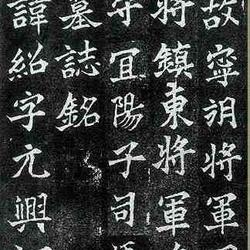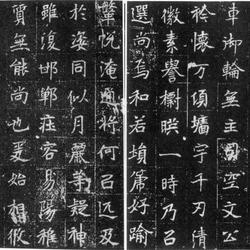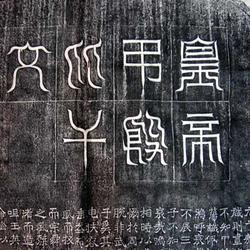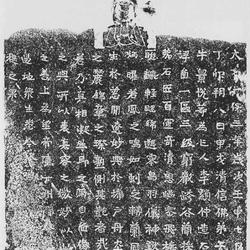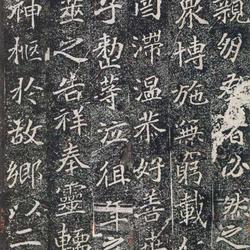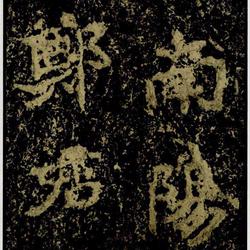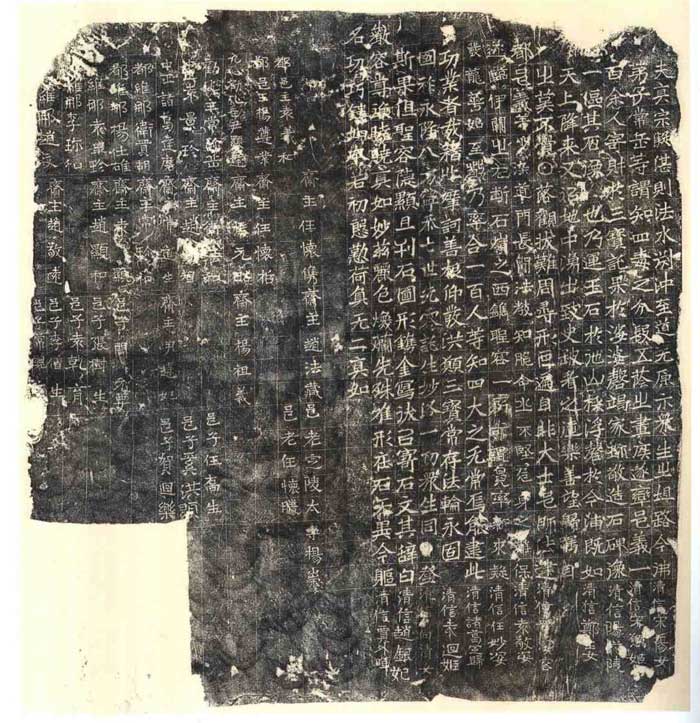
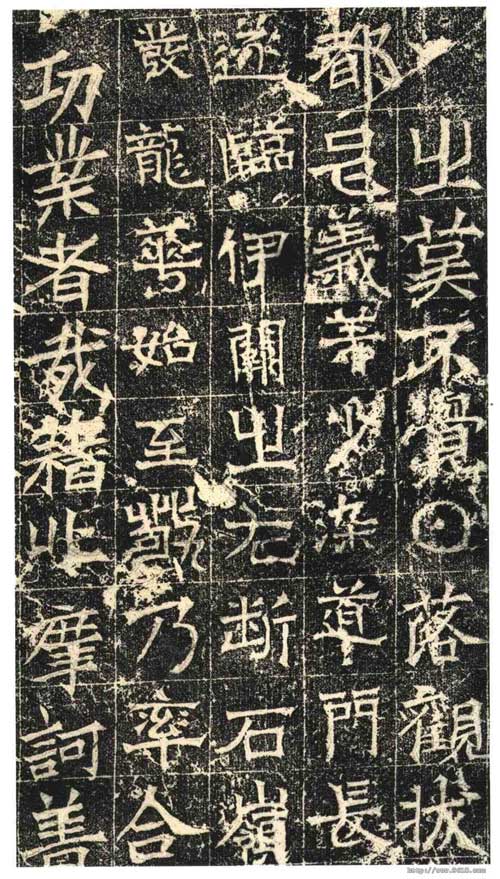
Introduction to the appendix "Portraits of Chang Yue and More than 100 People":
When religion integrates social forms, it completes the confluence of the traditional saying of "Taoism", "Academic Tradition" and "Political Tradition". Convergence enables the whole body of thought to possess "discursive power" and gradually evolves into "political power", which enables individuals, groups or organizations to submit to authority and legal systems. The integration of politics and religion during the Northern Dynasties allowed religion to penetrate into all areas of life through the political system. The actions of ordinary people, such as sitting up, lying down, sleeping, clothing, eyes, eating, and going to resting places, were not based on the scriptures. The top-down behavior of statues caused people at that time to indulge in fanatical religious activities. "The inscription describes the statues made (there are many statues of Sakyamuni and Maitreya) and the blessings they seek. It extends to the king and the country, and to his family members and all sentient beings. It may be made for one person and his family, or it may be made for dozens or hundreds of people. . Journalists range from emperors and nobles down to common people. Some of the inscriptions include beautiful words and poems, and some have local sayings. Some of the words are missing, some of the names of the creators are missing and need to be re-engraved, and some of the inscriptions are changed after repairing old statues. Yes, there are those who have engraved their names next to the old portraits and old inscriptions." (Ma Ziyun and Shi Anchang's "Appraisal of Stele Inscriptions") Just like Chang Yue, "He led more than a hundred Yiyi people to send wealth to the Three Treasures, and entrusted fruits to Whirlpool, Pan He spent all his family's treasures and built a stone tablet statue in homage," so he "transported jade stones to other mountains and collected floating rocks in Jinpu, which seemed to come down from the sky and gush out from the earth." In order to achieve the goal of "the three treasures will always exist and the Dharma wheel will last forever. The goal is to be solid, the country will be prosperous, and all directions will be peaceful. Wang Chang of the Qing Dynasty pointed out profoundly in the 39th volume of "Inscriptions on the Statues of the Northern Wei Dynasty": The Shi family was reborn in the Pure Land of the West in the past, and was lured by the theory of ascending to the Tusita Celestial Palace, so the foolish man made statues accordingly. In order to hope for the blessing of Buddha, it has become a custom for more than a hundred years... Looking at the inscriptions on the statues, the words of prayers refer to the country, father and son, and even the next life. The wishes are very creditable, and the rest are contemptible and unscripted. It must be condemned, but he was lucky enough to be alive and feared death. He was injured and separated but wanted peace. He was forced to do so and had no time to remember his absurdity. It should be said that the artistic form of the statues was in line with the psychological requirements of people at that time. Therefore, although the iconography of the Northern Dynasties was developed, the carving work focused on the statues and sparse the Yu characters, and the knife was simple, so the sharp brushstrokes could always be seen; while the inscriptions naturally focused on the characters, the engravings were relatively delicate, with square and round brushes alternately used. This is The difference between the two.
The rubbings of "The Statue of Chang Yue and More than 100 People" now stored in Duoyunxuan are the calligraphy of the Northern Dynasties, dating from the late 19th century. It is listed in the Northern Qi Dynasty in "Supplementary Visits to Stele Records", and in "Baqiongshi Epigraphic and Stone Supplement" it is believed that "the calligraphy and official script should be written by the Northern Wei Dynasty, and definitely not carved by the Qi Dynasty". Cungu Pavilion in Luoyang, Henan. The official book. There is a square boundary grid. There are titles after and below the note. He is good at calligraphy and has two seal and official scripts. The knotting of the text is uneven and irregular. The title is broad, comprehensive, comprehensive and has a formal meaning.
"Portrait of Chang Yue and More than 100 People" adopts the style of "Portrait of Shi Ping Gong" in terms of appearance. It should be said that it is treated with a respectful attitude. In addition, the calligraphy and engraving are exquisite and detailed. It has a realistic feeling, so it is the best among the statues of the Northern Wei Dynasty. At the same time, this is a typical sculpture record with official and regular script interlaced. The regular script meaning is greater than the official meaning. In its writing, we can clearly feel the strict atmosphere of Tang Kai script. For example, some words are close to Yan Zhenqing's "Duobao Pagoda" The brushwork and structural features in "The Monument". However, this is, after all, a sculpture record from the Northern Dynasties period. It is in the transitional period of being gradually refined and integrated, so although the overall sense is not strong, some partial treatments still reflect the natural and innocent characteristics of Northern Dynasty calligraphy. When writing this image description, the pen should be mainly square with exposed edges, and the turning points should be clearly explained. Most of the knots should be square. Some stippling in official script should be appropriately retained to enhance the ancient flavor. When dealing with certain structures, we must not only consider their visual beauty, but also not pursue bizarre shapes too much, so as not to destroy the overall breath effect. It should be said that the process of writing is also a re-creation process. This is illustrated by the copies of calligraphy masters from past dynasties that have been preserved in the world. This record of statues can be used as a transitional copy for those who are already familiar with Tang Kai and want to make further changes and innovations. (Author: Hu Chuanhai)

